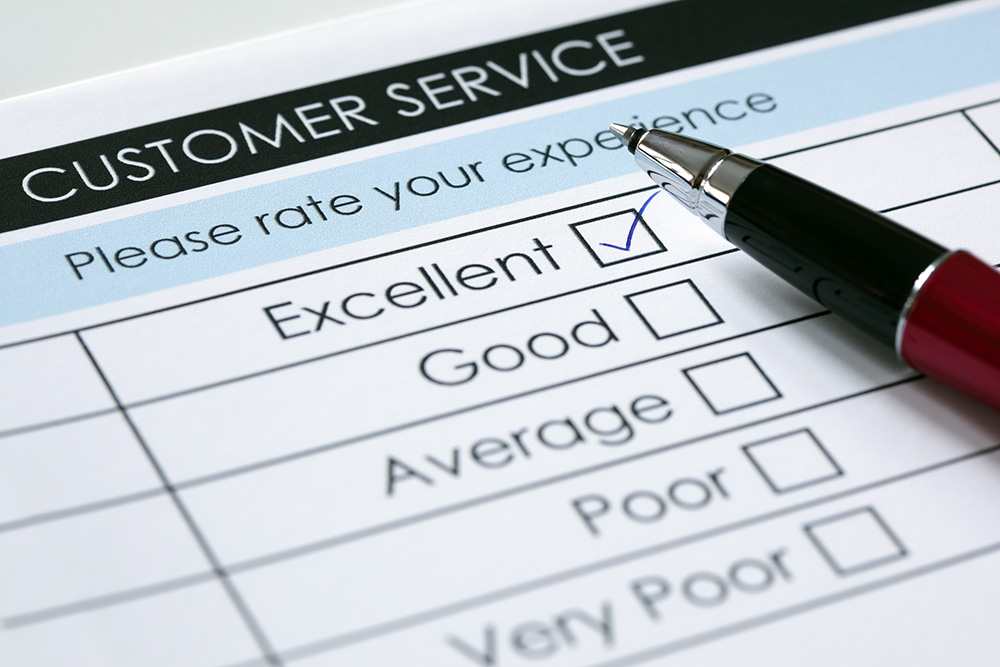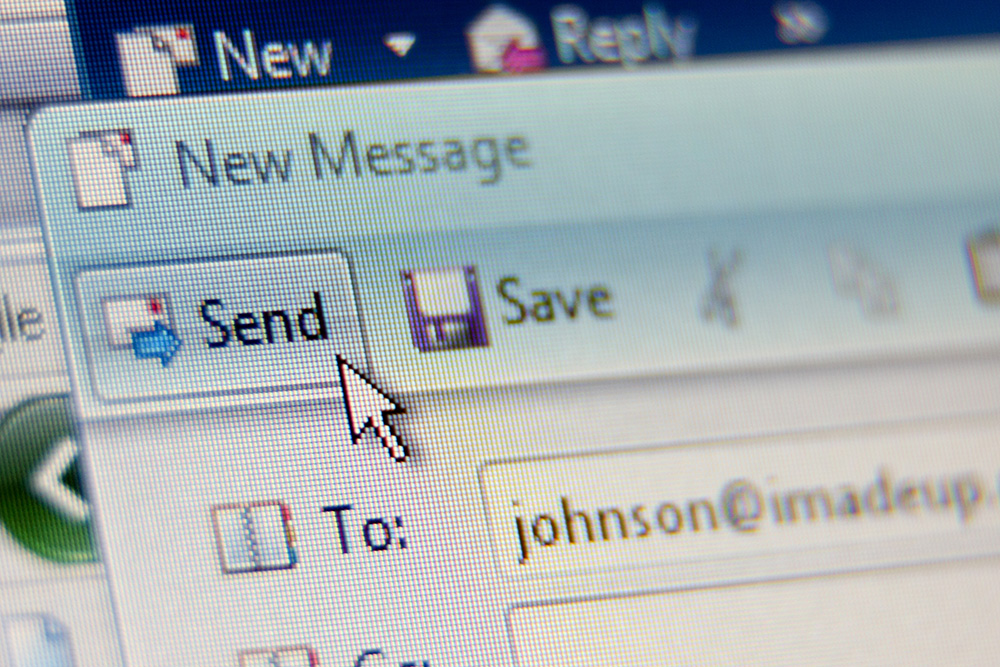Crowdsourcing can refer to a wide range of activities, but in general it is defined as the practice of obtaining needed services, ideas, information, or content by soliciting contributions from a large online community. Individuals within the undefined public each contribute at their own initiative to shape a greater end result.
Crowdsourcing is based on the ability to mobilize a vast number of mobile device (smartphone and tablet) users who are communicating with each other across networks and then make sense of the information that is being shared. The volume and scope of the information is vast, as are the number of crowdsourcing apps. All that is needed is access to mobile users – those who want to act and contribute – through an app. The information could be based on what users retrieved via location data, photos or video – or be information obtained about the users themselves.
Businesses make good use of the willingness of online users to discuss and share just about everything. Through analytics of the real-time data, companies draw strategic meaning of the data and develop a “social intelligence” as a basis for their decisions. The end result is that the real-time information contributed by users helps companies engage and interact with them as well as create products and services that meet their needs.
Here’s a look at a few of the basics surrounding crowdsourcing apps:
Gathering Information – The ways in which crowdsourcing apps can be utilized to gather information is nearly limitless, but it is entirely based on shared information. Companies can use apps or social media to solicit opinions and ideas, ask users to rate products or services, engage communities of online experts, offer rewards to users to supply specific content, ask users to input real-time data (such as for news, traffic or weather), and so on.
Using information – The uses for the real-time data collected via crowdsourcing is nearly as limitless. Businesses can analyze the user data to learn about the behaviors and patterns of users, consumer trends, demographics or gain insight into online curators and influencers. Real-time data solicited from users can create products like Waze, a mapping app that asks its 70,000 users for traffic information, to ones like Outsmart Flu, which tracks flu symptoms via a map, and everything in between.
Creating or tailoring an app – Many of the most popular apps and services are the result of a tremendous amount of effort from developers as well as deep-pocketed investors. However, there are a number of crowdsourced, collaborative platforms that can help developers, like these from Mashable. If you’re not a coder or developer, you can find a crowdsourcing platform to get your app developed or funded.






 RSS Feed
RSS Feed
